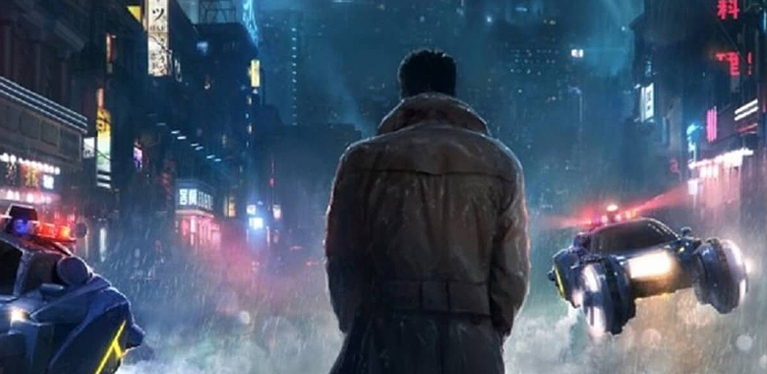
Earlier we looked at the trends that dominated the year 2020. Let’s look at what we can expect from the year 2021 going forward.
Universal Scene Description
The adoption of Universal Scene Description (USD) is about to break a new ground in the VFX sector and the overall motion pictures industry. Developed by the R&D team at Pixar, USD is an open source software that enables the robust, scalable interchange and augmentation of arbitrary 3D scenes made up of different assets.
USD fundamentally works at removing a barrier, making it just that little bit easier to edit the final product without having to render at various stages and going back to square one if something is off. It empowers artists, making iteration less painful and taking away any barriers to creativity.
With all the applications speaking the same language, assets can seamlessly zip between different departments like layout, animation, and camera, allowing each team to do their bit without affecting the work done by the others.
Fast becoming a standard version, USD is a part of VFX reference platform and Academy Software Foundation (ASWF). The Academy Software Foundation’s (ASWF) USD working group is making significant progress in this sphere, especially with universal adoption. The group now provides a version compatibility matrix, plug-in examples and technical resources, so studios who are in the process of adopting USD have a trusted and reliable point of contact.
In-camera visual effects
The year 2021 will see a more seamless integration and removal of challenges associated with virtual production. While studios tinker with the LED walls and game engines following the example of Mandalorian, many vendors and software giants have been working towards making the background interactive with assets like crowds and actual humans seamlessly integrating and interacting in the scene. That would be the next level of sophistication for in-camera visual effects.
Cloud Consolidation
With increased demand owing to the lockdowns and restrictions, cloud will likely be at the forefront of developments this year.
The move to cloud and remote work was an eventual inevitability for the VFX industry, but there were still a lot of uncertainties surrounding the practices of cloud computing. Software vendors will work towards making cloud computing easier, providing a more secure and seamless experience.
HDR and 4K
High-end episodic content has been on the rise, thanks to streaming services and the demand for better viewing-experiences. With an aim to bring the cinema experience to the viewer’s homes, OTT giants have been dishing out content with high dynamic range that promises to bring new depth and color to images that have never been seen before. There are often challenges for VFX artists and studios working with HDR as many displays don’t support HDR, and for those that do, they’re likely to support different standards, for example, Dolby Vision HDR vs. HDR10—or they may support them in slightly different ways. But, as display technology continues to develop, DCCs adapt and HDR becomes more prevalent, these issues may be mitigated—we’ll likely begin to see improvements taking place in 2021.
We hope 2021 brings more advancements and tools to help content creators tell their stories better.
